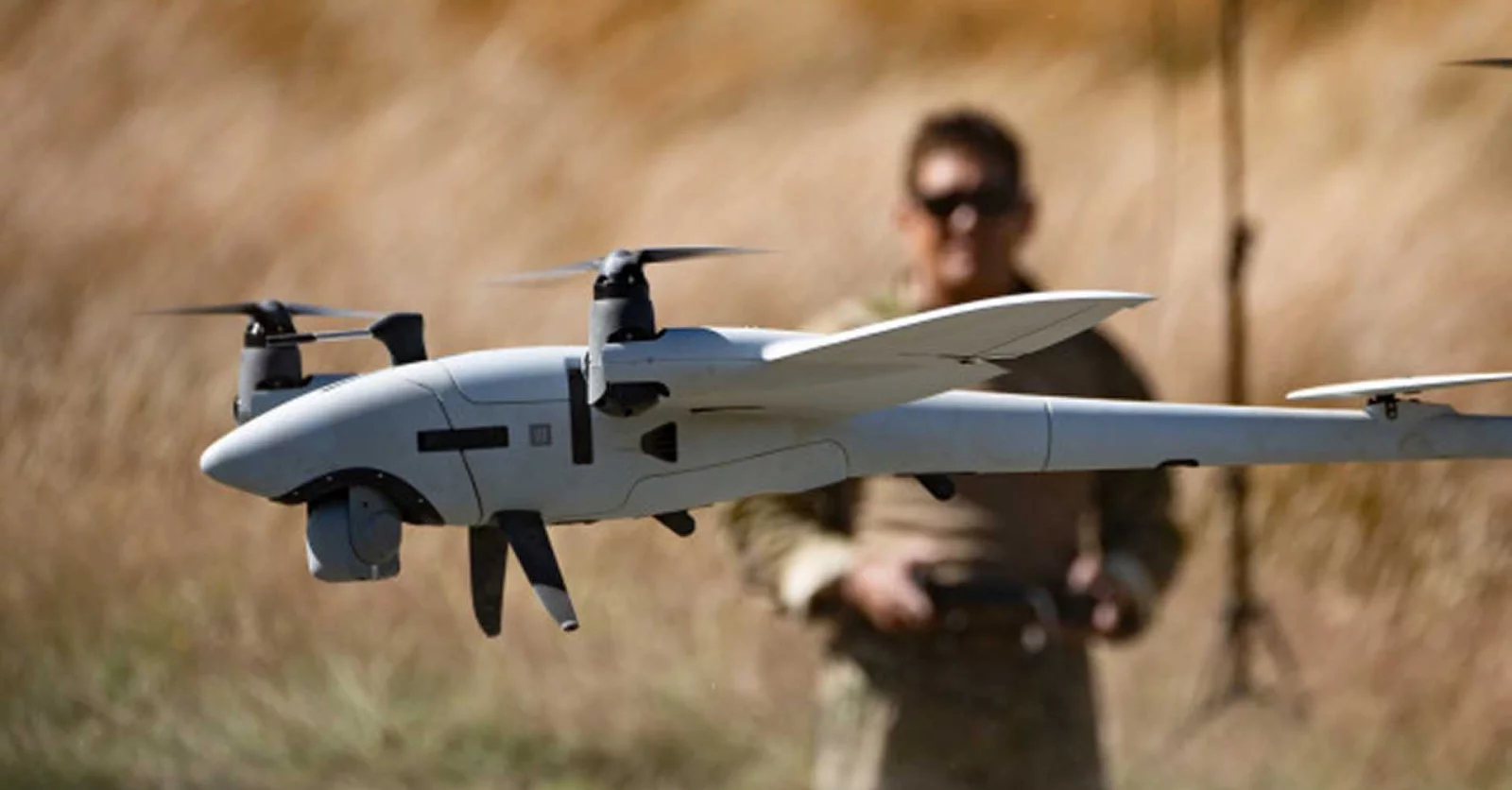INDUSTRY NEWS

New Zealand Army strengthens military intelligence with new UAV systems.
December 16,2024
By:Defense News Army 2024
On December 12, 2024, the New Zealand Ministry of Defence implemented a significant enhancement to its reconnaissance and surveillance capabilities by delivering uncrewed aircraft systems (UAS) and remote ground sensor (RGS) systems under the Network Enabled Army (NEA) Programme. Following the completion of testing, operator training has commenced, and the systems are scheduled to be operational in 2024. These systems are unarmed and will be operated in accordance with defence and civil aviation rules.
The Network Enabled Army (NEA) Programme aims to modernize the New Zealand Defence Force’s (NZDF) communications and intelligence functions, transitioning from paper-based and analogue systems to interoperable, digital-based technologies. The programme is being executed in four tranches, with Tranche Two focusing on expanding communications networks, introducing sensor systems, and enhancing intelligence gathering capabilities. These efforts are intended to support commanders at all levels by improving situational awareness and decision-making during operations.
Four systems have been delivered and introduced into service. Quantum-Systems Inc. supplied the Small UAS, specifically the Vector system, for use by 16 Field Regiment. These fixed-wing systems feature a three-meter wingspan, a flight range of up to 35 kilometers, and a flight duration of three hours. They are backpack portable, operational within three minutes, and equipped with vertical takeoff and landing capabilities. EPE New Zealand Limited provided the Micro UAS, represented by Skydio quadcopters, which can operate for up to 35 minutes over a range of 10 kilometers. These are also backpack portable and ready for deployment in less than 75 seconds. Nano UAS systems, supplied by Criterion Solutions PTY, include Black Hornet units. These pocket-sized systems have a single-rotor airframe, are operational within 20 seconds, and are carried in a pouch. Additionally, EPE delivered Bertin Exensor Flexnet RGS systems for the Royal New Zealand Infantry Regiment. These include seismic, acoustic, and infrared sensors to detect moving objects, providing additional situational awareness.
The equipment is intended to improve the NZDF's ability to collect timely and accurate information in locations that are difficult to access, such as combat zones or areas affected by natural disasters. According to the Ministry of Defence, these systems will be used by New Zealand Army units engaged in stability and security operations, disaster relief missions, and search-and-rescue deployments. The systems are designed to reduce risk to personnel by providing intelligence that informs planning and risk assessment.
Tranche Two of the NEA Programme is funded by $106.5 million in capital investment, approved in 2019, and sourced from the NZDF’s accumulated depreciation reserves. Operating costs are projected at $7.7 million annually. This tranche builds upon the infrastructure developed in Tranche One, which provided the initial communications network, digital radios, and command systems for priority units, including Special Operations Forces.
The NEA Programme began as the Intelligence, Surveillance, and Reconnaissance (ISR) Project in 1994, later evolving into the Land C4ISR framework in 2004. In 2010, it was integrated into the NEA Programme. Tranche One, completed in 2021, introduced the Sitaware Battle Management System, mobile tactical radios, and deployable communications infrastructure, establishing a foundation for further upgrades. Tranche Two extends these capabilities to additional Army units, including logistics and medical elements, while incorporating advanced sensor systems for reconnaissance and intelligence gathering.
The programme’s phased rollout allows the integration of new technologies and ensures progressive capability development. Tranche Two’s deliverables include expanded communications networks, reconnaissance sensors, intelligence processing tools, and additional equipment for deployed units. Testing and evaluation are ongoing, with contractors engaged to support system design, procurement, and implementation.
Future tranches are planned to extend the NEA Programme to light armoured vehicles, artillery units, and additional combat forces by 2026. The programme's design includes modular upgrades, enabling adaptability to emerging technologies while maintaining compatibility with existing systems. This approach allows the NZDF to manage resources effectively, align with evolving operational requirements, and maintain interoperability with coalition partners and other government agencies.
The NEA Programme also involves comprehensive support, including maintenance, training, and upgrades. Its objectives include providing commanders with detailed, real-time information, enhancing situational awareness, and improving operational decision-making. By progressively delivering capabilities across successive tranches, the NEA Programme aims to establish an integrated, networked force capable of addressing a wide range of operational scenarios.
Source:
https://armyrecognition.com/news/army-news/army-news-2024/new-zealand-army-strengthens-military-intelligence-with-new-uav-systems

